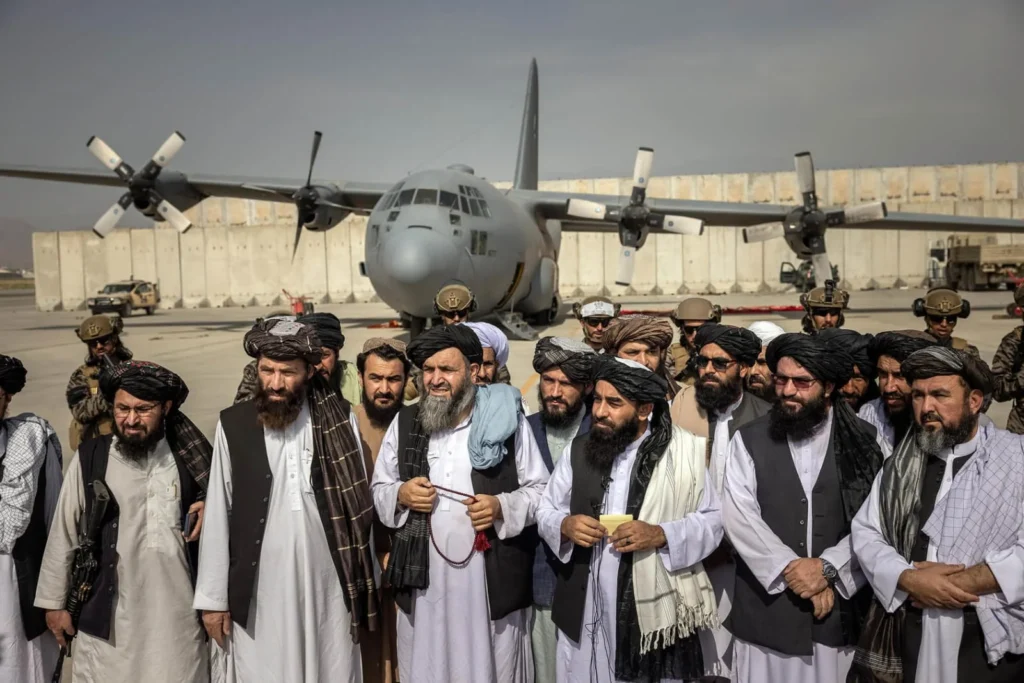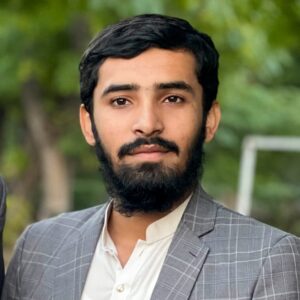The persecution of religious scholars under Taliban rule remains one of the most defining features of Afghanistan’s modern political order. Through systematic intimidation, doctrinal enforcement, and targeted violence, the Taliban have dismantled the country’s long tradition of pluralistic scholarship and intra-faith diversity.
What began as an ideological purge during their first regime in the 1990s has evolved into a policy of religious homogenization, silencing scholars who question or reinterpret the Taliban’s rigid orthodoxy.
This pattern does not end at Afghanistan’s borders. Its ideological extension manifests through the Tehrik-i-Taliban Pakistan (TTP), a group organically linked to the Afghan Taliban in worldview, recruitment, and operational guidance.
While the Taliban regime in Kabul frames Pakistan as repressive toward religious scholars, it simultaneously shelters and emboldens the very network that assassinates Pakistan’s own ulema, Sufi custodians, and moderate preachers. The TTP’s campaign of targeting clerics who advocate peace and reject extremism reflects the same ideological DNA that drives the Taliban’s suppression of dissent inside Afghanistan.
The distinction, however, is clear. Pakistan’s constitutional and institutional framework is rooted in Islam’s principles of justice, moderation, and inclusivity, not in coercion or sectarian exclusivism. The Pakistani state has consistently resisted the Taliban–TTP nexus, which preaches extremism in the name of religion but stands in direct opposition to the Islamic values of mercy, scholarship, and pluralism.
In this contrast lies the real fault line: between an extremist order that weaponizes faith, and a state striving to preserve Islam’s moral and intellectual integrity against its distortion.
Taliban Religious Scholars’ Persecution: Roots and Methods
Taliban religious scholars’ persecution has its roots in the group’s ultra-conservative Deobandi ideology. Targeting non-Hanafi Sunnis, Salafis, Shia Muslims, Sufi orders, and other minorities, the Taliban enforcement machine has operated through intimidation, forced disappearances, extrajudicial killings, and institutional bans. In the late 1990s, the persecution escalated to massacres, notably in Mazar-i-Sharif, where thousands of ethnic Hazara Shia, including clerics, were brutally murdered. Taliban leaders openly declared Hazara Shia as apostates, demanding conversion or exile and systematically carrying out house-to-house searches to target dissent.
Under Taliban rule, non-conforming religious scholars have found no space for critical debate. Dissenters have faced sudden detention and, in several cases, execution. Since 2021, the group has expanded its crackdown by detaining prominent Sunni clerics who challenge restrictive edicts, while simultaneously banning Shia and Salafi jurisprudence from public education institutions. Religious book purges, exclusion from university teaching, and a blanket Hanafi-only curriculum form the backbone of Taliban religious scholars’ persecution, stripping Afghanistan’s mosques and universities of pluralist discourse.
Historical Case: Mazar-e-Sharif Massacre 1998
One of the darkest examples of Taliban religious scholars persecution occurred during the first Taliban regime when, in August 1998, Taliban forces captured Mazar-e-Sharif. Estimates suggest that between 2,000 to 6,000 people were killed in systematic massacres, primarily targeting the Shia Hazara community. Taliban soldiers conducted house-to-house searches to identify Shia Muslims by testing prayers, and local Taliban officials issued orders demanding Shias to convert to Sunni Islam or face death or expulsion. This atrocity is well-documented as an orchestrated move to suppress religious plurality and consolidate Sunni dominance under the Taliban’s ultra-conservative ideology.
Taliban Insurgency and Killing of Religious Scholars (2005-2013)
During its insurgency against the Afghan government, the Taliban conducted a focused campaign against religious scholars who opposed their ideology. More than 800 scholars identified as anti-Taliban or pro-government clerics were killed, many of whom led local religious councils or taught in government schools. This methodical disenfranchisement of dissenting religious voices reinforced Taliban control and discouraged scholarly debate from within the Islamic community.
Post-2021 Taliban Religious Scholars Persecution
Since regaining power in 2021, Taliban persecution has expanded notably against Salafi scholars, Shia Muslims, and others who do not conform to strict Hanafi jurisprudence. Over 30 prominent Salafi religious leaders have been assassinated, with entire Salafi madrassas shut down and their scholars dismissed from universities. The Taliban’s eradication of Shia jurisprudence from school curricula and bans on religious celebrations represent a continuation of systemic oppression to erase sectarian diversity.
TTP’s Targeting of Ulema in Pakistan: A Parallel Threat
Meanwhile, the Tehrik-i-Taliban Pakistan (TTP), a distinct but ideologically linked group targets religious scholars within Pakistan, including Ulema who challenge their extremist agenda. Established in 2007, the TTP has executed multiple attacks against Islamic scholars perceived as moderate or opposing militant narratives. The group has assassinated religious leaders, especially those promoting peace or condemning extremist violence.
The TTP’s violence extends beyond religious figures to sectarian massacres primarily targeting Shia Muslims, Christians, and other minorities in Pakistan. A notable pattern of attacks includes assassination attempts on moderate Ulema and bombings of Sufi shrines, reflecting their intolerance for competing religious views and sects. These actions by TTP create a parallel religious persecution landscape inside Pakistan itself, contradicting Afghan propaganda which accuses Pakistan of similar policies.
Propaganda versus Reality: Afghanistan’s Narrative and Contradictions
Afghanistan’s ruling regime has propagated allegations that Pakistan Army targets religious scholars, citing deaths like that of Maulana Samiul Haq. However, investigations by Pakistani authorities on such cases, including Maulana Samiul Haq’s brutal assassination in 2018, have found no involvement of state security forces. Instead, Pakistan maintains active investigations with forensic evidence and interrogations, underscoring a transparent if imperfect system that contrasts with Taliban’s unchecked persecution.
Furthermore, the Taliban has no such accountability mechanism for its own sectarian killings or suppression of dissent. The group continues to persecute Shia, Salafi, and dissenting Sunni scholars across Afghanistan with impunity. The Taliban’s insistence on a monocultural religious state under strict Hanafi law is starkly at odds with Pakistan’s multi-sectarian, multi-ethnic religious landscape, despite Pakistan’s own challenges with militant groups like TTP.
Comparative Summary and Conclusion
Across two decades of conflict, the Taliban’s treatment of religious scholars reveals a sustained campaign to redefine Islam through coercion rather than conviction. From the massacres of Shia clerics in Mazar-e-Sharif to the post-2021 arrests and assassinations of Salafi, Sufi, and independent Sunni scholars, the group has pursued an exclusivist theology that silences inquiry and criminalizes diversity. In this order, the cleric’s role is no longer to interpret but to obey.
The same ideological current runs through the Tehrik-i-Taliban Pakistan, which has targeted Pakistani ulema, mosques, and shrines in an effort to delegitimize a state grounded in lawful Islamic governance. These attacks do not represent Islam, they represent its distortion. Both the Afghan Taliban and TTP derive power by monopolizing the right to speak for faith, reducing religion to a political instrument of fear.
Pakistan, despite internal challenges, stands on the opposite side of that divide. Its constitutional system anchors religion in justice, tolerance, and accountability, not coercion. Where the Taliban use faith to justify domination, Pakistan’s institutions, religious and civic alike, seek to protect it from exploitation by militancy.
The real confrontation, therefore, is not between states or sects, but between two interpretations of faith: one that weaponizes Islam for control, and another that strives to preserve it as a moral and unifying force. Recognizing and documenting this distinction is vital for any credible regional dialogue on peace, governance, and religious freedom.
Also See: Unmasking the Afghan-TTP Alliance and Its Impact on Pakistan’s Security



